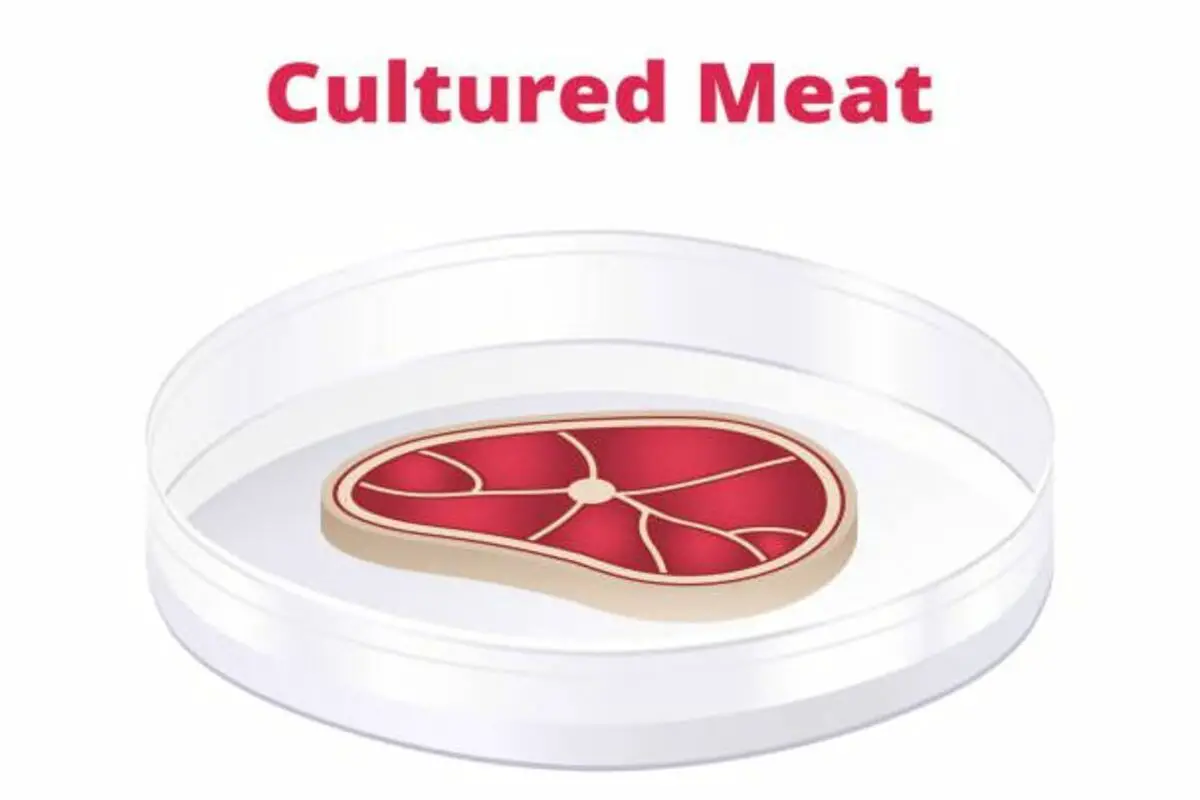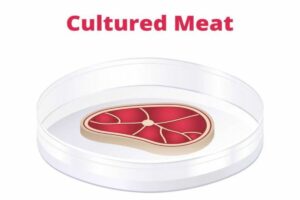
Tissue Culturing Could Be Handy As Microscaffolds Are on Their Way!
The world of medicine always dreamt of having to replace organs of the body with a newly built one; not the one made up of artificial raw materials rather the one made up of real cells taken from the body of an individual.

related: what is biotechnology
Many efforts have been invested into this concept, which allowed scientists to develop tissues using stem cells. However, the aim of altering these cells to take certain shape has been a tough job.
Cells brought to life using this method have been able to replicate but they rather become a mass of cells instead of a desired shape. It creates a complexity in making them specific for a particular organ. Therefore, the only accomplishments so far regarding this has been the development of sheets of cells or aggregates of masses which are then shaped accordingly using various porous scaffolds. However, the process is not that easy. As the cells, inserted within these scaffolds are not so easily dispersed uniformly and requires a lot of manual work.
The scaffolds used for that purpose are biodegradable but the issue of uniform distribution of cells as described before. However, if these scaffolds are not used, and instead simple masses of cells are used as building blocks to transform into organs; variations occur in the shape which makes it impossible to acquire what has been intially sketched out as the final product.
A better strategy has been introduced to the world of biotechnology where tissue culturing is now moving towards the usage of microscaffolds. A 3 dimensional printer is being used to produce micro scaffolds that are very precise ranging to third of a millimeter. They allow replication of cells within them apart from being mechanically strong enough to handle pressure. Not just that, their smaller size allows scientists to join them together in order to create any shape of the tissues.
Through experiments, it has been seen that using stem cells, tissues can be developed as researchers have been able to develop not just cartilage but also the bone tissues using these microscaffolds. A better understanding of this method can brought a great revolution to the world of treatment as doctors would be able to transplant whole organs without the risks of rejection.
Connect With Us:
facebook.com/24HoursOfBiology
twitter.com/24hrsofbiology
References:
Olivier Guillaume, Oliver Kopinski-Grünwald, Gregor Weisgrab, Theresia Baumgartner, Aysu Arslan, Karin Whitmore, Sandra Van Vlierberghe, Aleksandr Ovsianikov. Hybrid spheroid microscaffolds as modular tissue units to build macro-tissue assemblies for tissue engineering. Acta Biomaterialia, 2022; DOI: 10.1016/j.actbio.2022.03.010